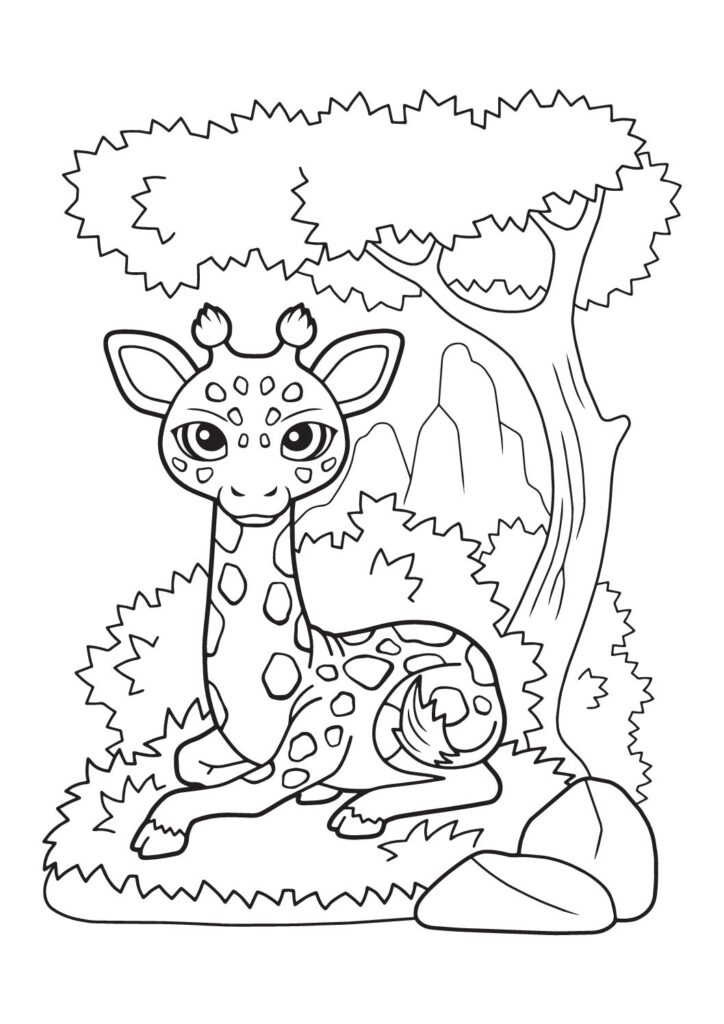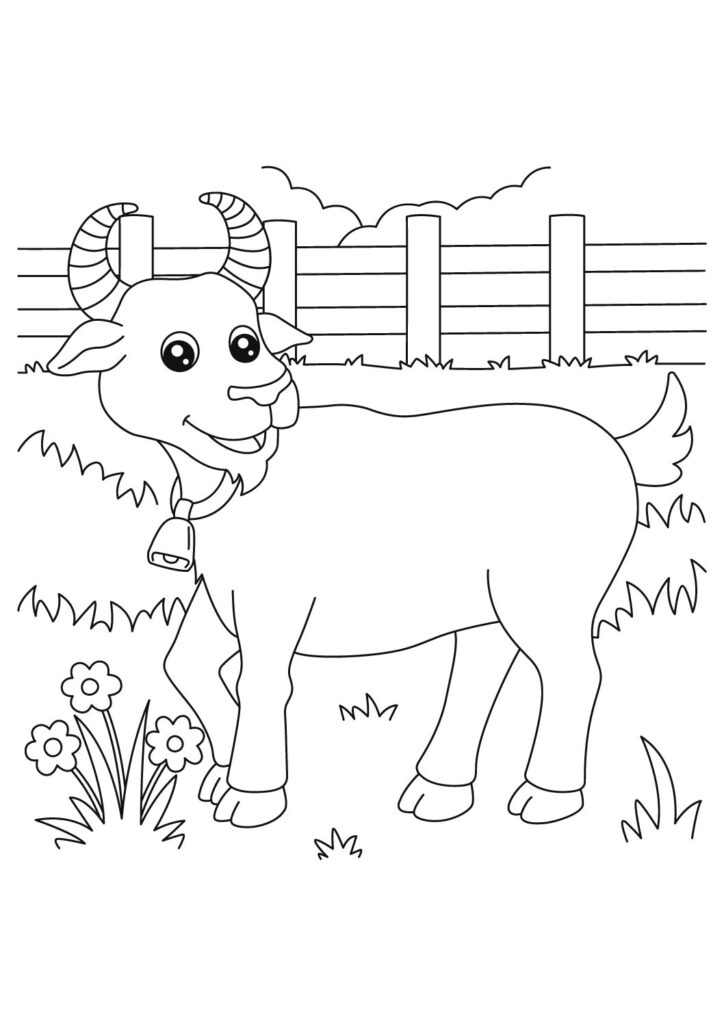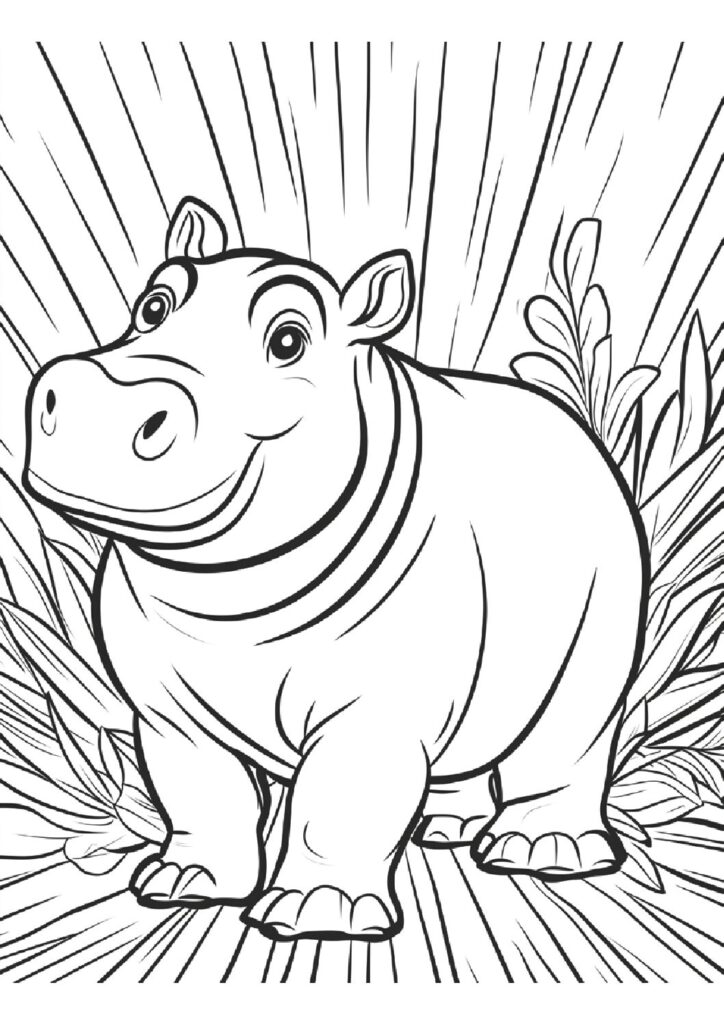15 Free Elephant Coloring Pages for Download (Printable PDF)

Discover our free printable elephant coloring pages featuring majestic African and Asian elephants! Download these high-quality sheets showcasing gentle giants with their trunks, tusks, and baby elephants at play. Perfect for kids and wildlife enthusiasts, these detailed safari coloring pages capture the wisdom and grandeur of Earth’s largest land mammals. Each printable sheet brings these magnificent creatures to life!
Magnificent Elephant Facts: The Ultimate Guide to Earth's Largest Land Animals
Introduction
Elephants represent two distinct species—the African elephant (Loxodonta africana) and Asian elephant (Elephas maximus)—that stand as the largest land animals on Earth, with lineages tracing back more than 55 million years. These remarkable mammals have evolved extraordinary physical and cognitive adaptations while developing complex social structures centered around matriarchal leadership, establishing them among the most intelligent and emotionally sophisticated animals on our planet.
Extraordinary Intelligence
Elephants possess the largest brain of any land animal, with cognitive abilities rivaling primates and cetaceans, demonstrating self-awareness by recognizing themselves in mirrors and understanding pointing gestures without training. Their remarkable problem-solving capabilities allow them to use tools, create drinking fountains from natural materials, and collaborate to achieve goals, while their long-term memory enables them to remember specific humans and elephants for decades and navigate to distant water sources visited only once many years earlier.
Complex Emotional Lives
Research confirms elephants experience deep emotions including joy, grief, empathy, and altruism, with documented cases of mourning their dead through specific rituals including covering deceased herd members with branches and returning to gravesites for years afterward. Their capacity for empathy extends beyond their own species, with observations of elephants offering comfort to distressed herd members and even attempting to help other species in distress, demonstrating emotional sophistication comparable to humans.
Physical Marvels
The elephant trunk represents one of nature’s most remarkable adaptations, containing over 40,000 muscles (compared to approximately 650 in the entire human body) with such precision control that it can pick up a single blade of grass or lift objects weighing nearly 800 pounds. This extraordinary appendage functions simultaneously as nose, hand, voice box, and snorkel while containing sensitive receptors that detect seismic vibrations through the ground, providing elephants with information about distant weather events and potential dangers.
Communication Networks
Elephants communicate through a sophisticated multimodal system combining low-frequency rumbles (many below human hearing range), visual signals, and seismic vibrations transmitted through ground contact. Their infrasonic vocalizations can travel over 6 miles through air and nearly 20 miles through solid ground, enabling complex long-distance communication that facilitates coordination between multiple family groups and allows warnings about potential dangers to spread rapidly across extensive geographic areas.
Ecological Engineering
As keystone species, elephants dramatically transform their ecosystems, creating grasslands by knocking down trees, digging water holes that serve numerous other species during droughts, and dispersing seeds over vast distances. Research demonstrates forests without elephants contain 95% less tree diversity, as elephant digestive systems uniquely process and spread specific large seeds that remain viable after passing through their digestive tracts, making them irreplaceable ecological engineers whose conservation impacts entire ecosystems.
Conservation Concerns
Despite their ecological importance and remarkable cognitive abilities, elephant populations face severe threats including habitat destruction, human-wildlife conflict, and poaching for ivory. African elephant numbers declined from approximately 5 million in the early 1900s to fewer than 415,000 today, while Asian elephants number approximately 40,000-50,000 individuals. Conservation efforts focusing on habitat corridors, anti-poaching initiatives, and community-based conservation offer hope, though climate change presents emerging challenges for these remarkable animals.


































































